What to Use for Insulation to Stay Warm
When faced with an emergency situation, staying warm becomes crucial for survival. Insulation materials can help provide the necessary warmth and protection against the elements. I want to talk about essential insulation materials that can help you stay warm in an emergency. From household items to specialized gear, these options are readily available and can make a significant difference in extreme conditions. Use these tips to learn what to use for insulation to stay warm.
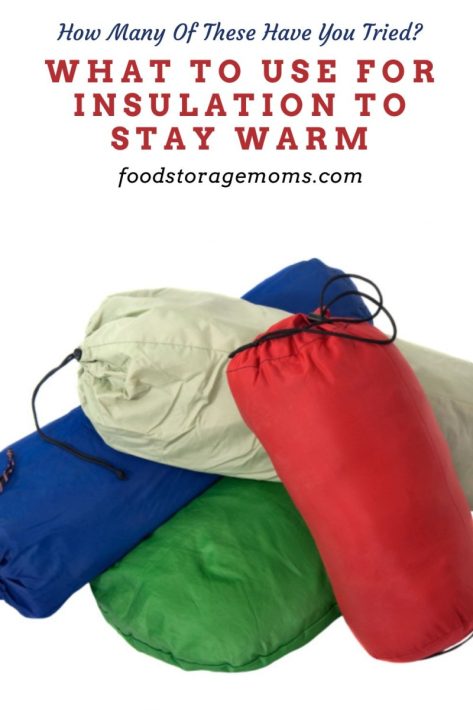
1. Emergency Blankets
Emergency blankets, also known as space blankets or Mylar blankets are lightweight, compact, and highly effective. Made from thin sheets of Mylar, these blankets reflect body heat back towards you, retaining warmth. They are easy to store in emergency kits or even your backpack or coat pocket, making them an essential item for any emergency preparedness plan.
2. Sleeping Bags
Sleeping bags are designed to provide insulation and retain body heat during sleep. They are a must-have for camping and outdoor activities, but they also can serve as excellent emergency insulation. Choose a sleeping bag with a temperature rating suitable for cold weather conditions to ensure maximum warmth.
Sleeping bags are manufactured from many different fabrics and have a variety of lining and insulating options. It used to be that down feathers from various birds were considered the best. Over the years technology with synthetic materials has given those feathers a run for their money. Cost is an issue, so do your research and determine what works best for you. Size and weight may be important if you plan to use these for hiking and camping.
What used to be called “mummy bags” were very popular since they fit the body tightly, including around your head. So the design of the bags is an important consideration.
3. Thermal Clothing
Thermal clothing, such as thermal tops, bottoms, and socks, is specifically designed to trap body heat and keep you warm. These garments are made from materials like merino wool or synthetic fibers that provide excellent insulation properties. Layering thermal clothing under your regular attire can significantly increase warmth in emergency situations. How to Stay Warm Without Power
4. Insulated Jackets
Insulated jackets are designed to provide exceptional warmth in cold weather. They typically feature synthetic insulation or down feathers, which create air pockets to trap heat. Look for jackets with a high fill power and durable water-repellent (DWR) finish for added protection against the elements.
5. Insulated Gloves
Keeping your hands warm is essential in cold temperatures. Insulated gloves provide insulation and protect against frostbite. Look for gloves made with materials like Thinsulate or PrimaLoft, which offer excellent insulation properties, while maintaining dexterity for tasks that require hand movement.
6. Foam Sleeping Pads
Foam sleeping pads not only provide comfort but also act as a barrier between you and the cold ground. They offer insulation by preventing heat transfer from your body to the ground. Lightweight and easy to carry, foam sleeping pads are a valuable addition to your emergency kit.
7. Insulated Tents
If you find yourself stranded outdoors during an emergency, an insulated tent can be a lifesaver. Insulated tents are designed with advanced materials and construction techniques to provide superior insulation and retain heat. These tents often feature double-wall designs, reflective coatings, and specialized insulation layers to keep you warm in extreme conditions. How to Use a Tarp for Shelter
8. Insulated Bottles
Staying hydrated is crucial in emergencies, and insulated bottles can serve a dual purpose, keeping your water at the desired temperature and providing extra warmth. Insulated bottles, such as vacuum-insulated stainless steel bottles, can keep hot liquids warm for extended periods, providing a comforting source of warmth in emergency situations.
9. Bubble Wrap
Surprisingly, bubble wrap can be an effective and inexpensive insulation material in emergencies and one you can employ as a DIY project. By creating a layer of trapped air, bubble wrap acts as an insulator, reducing heat loss. Simply wrap it around yourself or use it to insulate windows and doors for added warmth.
10. Straw Insulation
Straw insulation, also known as straw bales, can be used to create temporary shelters in emergency situations. These straw bales offer natural insulation properties, keeping the interior area warm. Stack them to create walls or use them as a base for makeshift beds to stay off the cold ground.
More Tips for Staying Warm and Saving Money
- Bundle up in layers of warm clothing, including hats, gloves, long-sleeved shirts, slippers, lined pants, and scarves.
- Use blankets or sleeping bags to keep warm. Consider keeping those old blankets just in case you’ll need them.
- Close off unused rooms with interior doors to conserve heat and make your heating system more efficient.
- Seal any drafts or leaks around windows and doors using caulk and weather stripping. Some doors have a door “sweep” to keep drafts out.
- Use alternative heat sources, such as portable space heaters or wood-burning stoves (if safe and available). If you have a fireplace you plan to use, make sure the chimney flue is cleaned periodically so there is good airflow to the outside. If you aren’t going to use the fireplace be sure to close the damper to stop heat flow to the outside.
- Insulate yourself from the cold ground or even hardwood floors by using foam pads, air mattresses, or blankets.
- Keep active to generate body heat.
- Drink warm fluids, such as hot tea or soup, to help raise your body temperature.
- If available, use hot water bottles or heating pads to provide localized warmth.
- Seek shelter in a small, enclosed space to retain body heat.
Other Helpful Hints:
- Make sure you change that furnace filter often. Dust and debris can build up on those filters faster than you think. Unless you need a filter to provide supper filtering efficiency for allergies or medical issues, it’s been shown that less expensive filters allow more airflow as you work to heat your home. If you haven’t done so in a while, consider getting the heating ducts cleaned, particularly if you’ve had any renovations in the home where considerable dirt and dust was created and drawn into the heating system.
- A key component of any heating system is the thermostat. Make sure yours is working as designed and consider the installation of a smart thermostat that can be programmed to reduce the temperature when family members are gone, but turn up the heat when family is due home.
- Many people don’t realize it, but you can reverse the direction of those ceiling fans so they push the hot air in the room down so you feel the heat trapped near the ceiling. This winter, make the switch and use those fans for more efficient hot air movement.
- During the day when the sun is out, consider opening the curtains, blinds, and shades to let the natural sunlight help heat the rooms facing the sun.
- 9 Ways to Stay Warm Without Electricity
- How to Stay Warm Without Power
- 10 Ways to Stay Cool Without Electricity
- Keeping Cool in the Summer Without Power
What type of insulation is best for cold weather?
- Ensuring your home is properly insulated is crucial for maintaining warmth. This includes insulating walls, attics, and floors to minimize heat loss and drafts. Attic insulation is particularly important since heat rises and can be lost. In the summer, an attic fan really helps to move the hot air outside so your AC isn’t working so hard.
- Insulating windows and doors can prevent cold air from seeping in and warm air from escaping. Weatherstripping, caulking, or using draft stoppers can help create a barrier against the cold and minimize air leaks.
- Thick, insulating thermal curtains or drapes can provide an extra layer of insulation by trapping heat inside your living spaces and blocking drafts from windows.
- Wearing layers of clothing made from insulating materials like wool or fleece can help retain body heat and keep you warm outdoors.
- Using cozy blankets and throws made from materials such as wool, fleece, or down can provide additional insulation and warmth when relaxing at home.
- Adding area rugs or carpets to bare floors can provide insulation and prevent cold drafts from seeping through.
Final Word
Staying warm is vital for survival in some emergency situations. Using these insulation materials and heating tips, you can significantly increase your chances of staying warm and comfortable during challenging times. Whether you’re stranded outdoors or facing a power outage at home, having these insulation options readily available can make a world of difference in your safety and well-being. Even in the good times, these tips can prove very helpful as you face the challenges of a cold winter, whether indoors or outside. What would you use for insulation to stay warm? May God Bless this World, Linda
Copyright Images: Sleeping Bags Colorful Depositphotos_2061494_S, Jackets for Winter Depositphotos_376343520_S

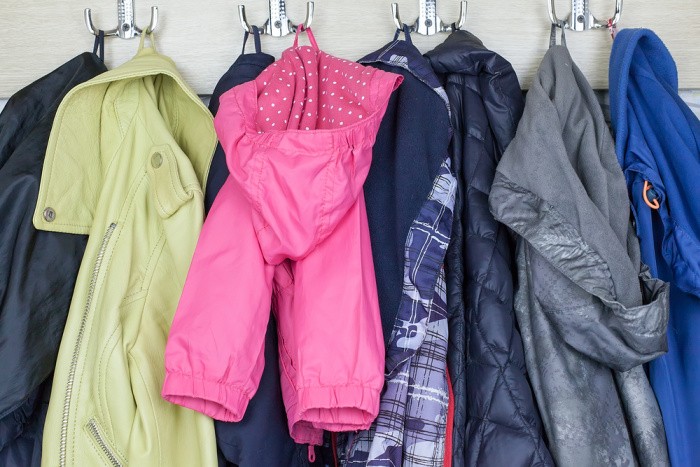

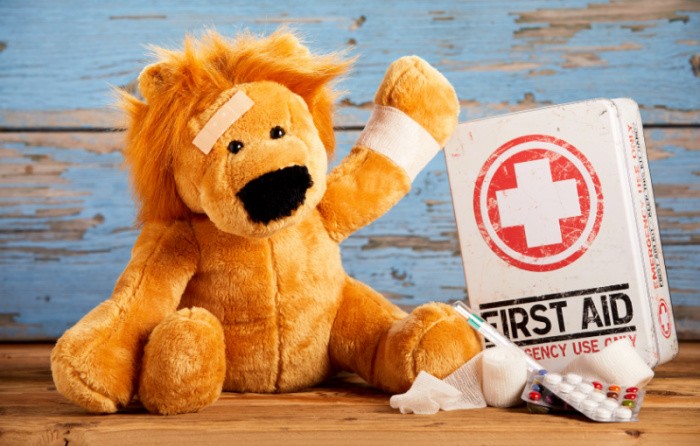
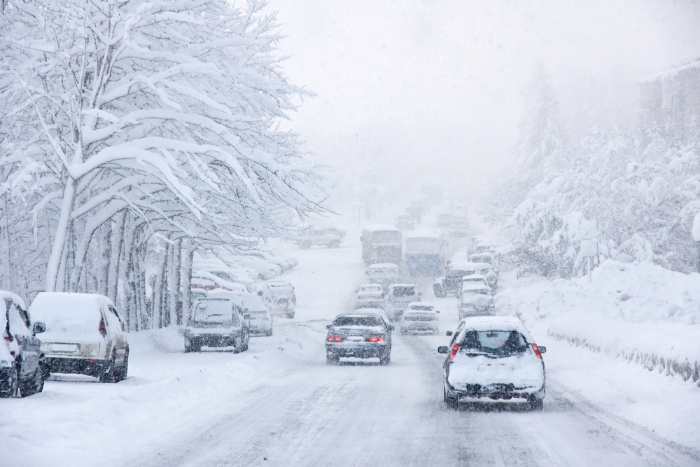

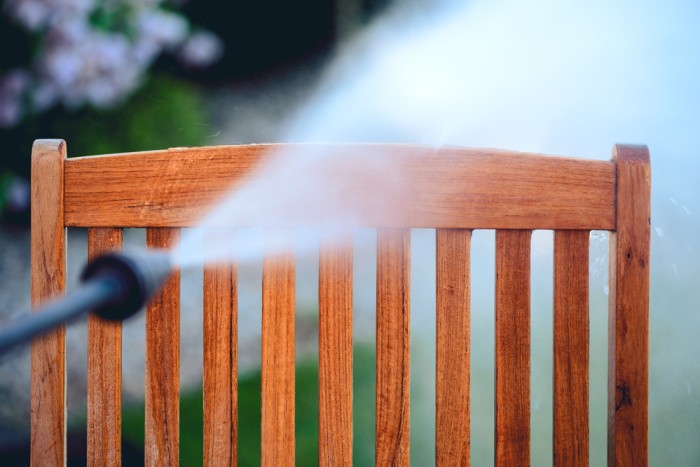
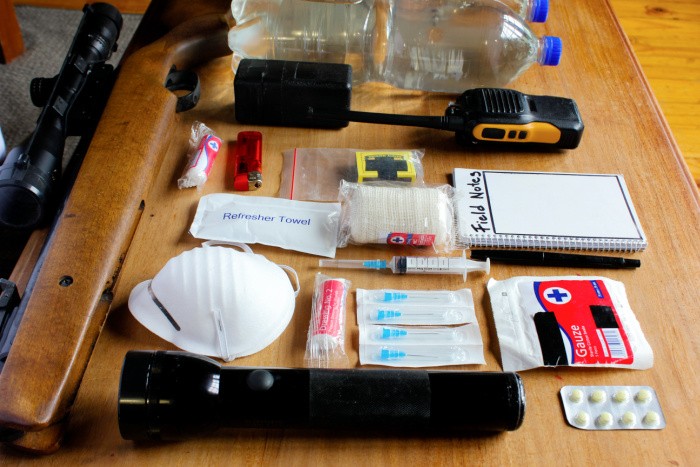

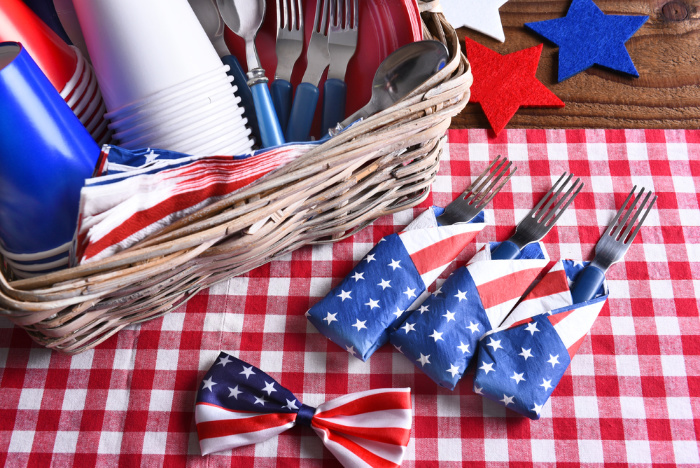
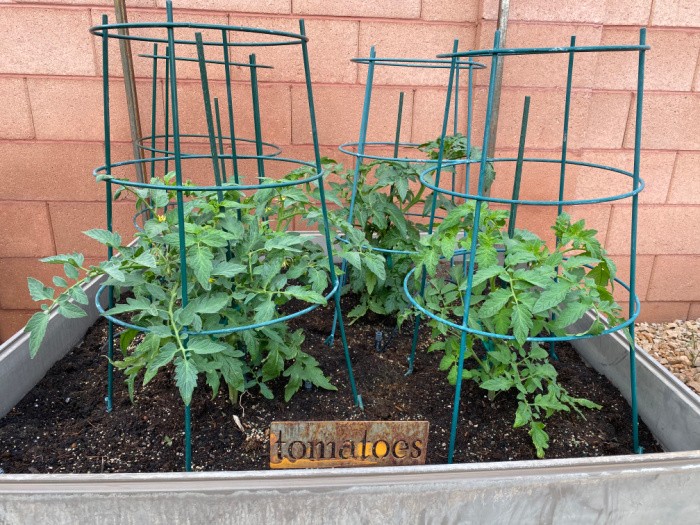
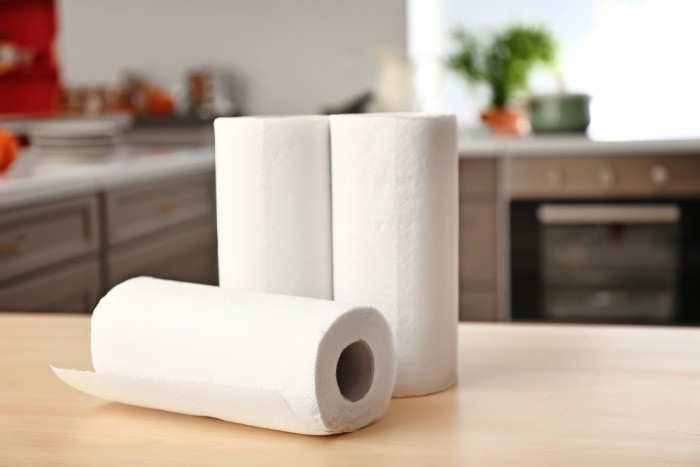
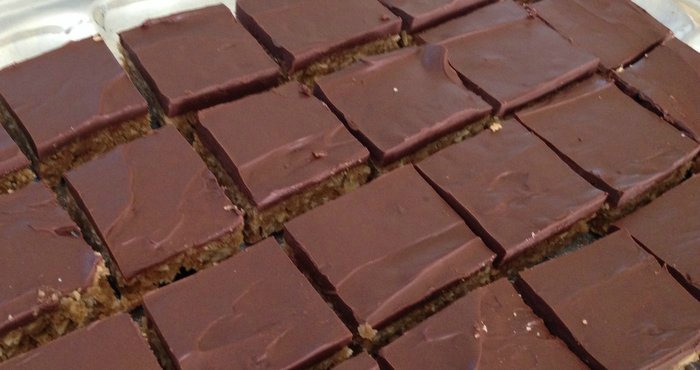










Pillows and seat cushions make great insulation. During extremes you do everything you can.
Fashion becomes secondary and eventually non existent lol
Hi Matt, you nailed it on that comment! Great tip! Linda
Socks: I’ll make a recommendation for Willowace socks. I don’t remember if they’re all alpaca or just part, but they are fabulously warm. I got several pairs just before last winter, and for once I had no need for wearing two pairs. (They have been good this summer for absorbing sweat, too!) And, they seem to be wearing like iron. Haven’t tried it, but supposedly they will replace your socks if you’re dissatisfied, lifetime guarantee.
Another insulation idea: plastic next to the skin. Remember the idea of putting plastic bread bags on your feet to help slide into your boots? Problem with that is that the moisture from your feet goes through your socks, hits the plastic, condenses–and then you have cold, damp feet. Try putting the bread bags or newspaper bags on your feet *first*–then the socks over that. The warm, moist air stays right next to the skin, and the dry socks on top insulate your feet from the cold. It does work, at least for several hours. Supposedly you can do the same with a garbage bag, cutting holes for your head and arms, with the bag over your torso, then clothes on top–I haven’t tried that out, but if it works for feet it ought to work for your body…
HI Rhonda, great ideas, I will check out those Willowace socks!! Mark and I wear garbage bags if it starts to rain at outside theaters! We look hideous but we are dry! Great comment, Linda